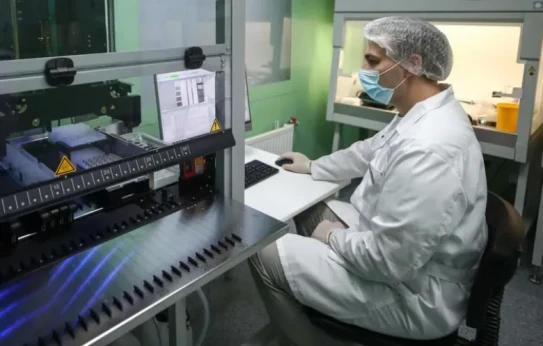The cells responsible for producing the pigment melanin can behave differently when the DNA is damaged. some disappear, causing graying of the hair, while others remain, but this increases the risk of melanoma (skin cancer). The researchers of the University of Tokyo came to this conclusion. The results were published in the journal Nature Cell Biology.
Scientists have studied how melanocyte stem cells, the precursors of pigment cells, respond to DNA damage and how this response affects skin cancer risk. Stress and age have previously been shown to contribute to hair graying and also increase the risk of cancer. Therefore, researchers hypothesized a biological connection between these processes.
Experiments in mice have shown that when double-stranded DNA breaks occur, melanocyte stem cells begin a process called senescence-related differentiation. This leads to their exhaustion and, therefore, the loss of pigment - graying of the hair. However, this also protects the body from melanoma as damaged cells stop dividing.
However, if exposure to carcinogenic substances occurs, the defense mechanism is disrupted. differentiation is blocked and stem cells continue to self-repair even with damaged DNA. As a result, they can accumulate mutations and cause tumors.
"The same population of stem cells can undergo opposite changes, either disappear or expand, depending on the type of stress and environmental signals," explains Professor Nishimura, who led the study.
The researchers emphasize that graying hair does not directly protect against cancer, but reflects the activity of cellular mechanisms that balance aging and the risk of malignant transformation.
Translation:Euromedia24.com-in:


























